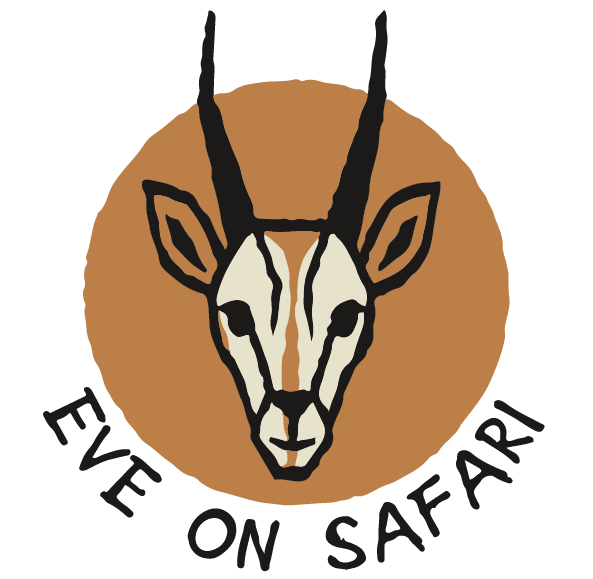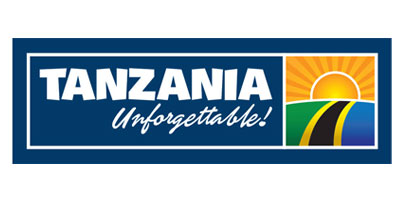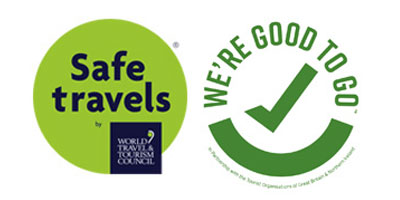- Home
- Destinations
Ngorongoro Crater
location:
Arusha,Tanzania
Area
Covers 180 km²
Category
National Park
happy holiday
Book Your Dream Safari Today
Unforgettable wildlife moments are just a click away.
Destination Overview:
Ngorongoro Crater is located in the northern part of Tanzania, within the Ngorongoro Conservation Area. The crater is a collapsed volcanic caldera, and it is one of the most unique and spectacular natural wonders in the world.
It lies approximately 180 kilometers (112 miles) west of Arusha and is accessible by road, typically as part of a safari circuit that includes other famous destinations like Serengeti and Lake Manyara.
Tourist Attractions:
- The Crater Floor: The Ngorongoro Crater floor is a rich and biodiverse ecosystem. It’s home to a variety of animals, including the Big Five (lions, leopards, elephants, buffaloes, and rhinoceroses). The floor of the crater is a unique wildlife haven, providing a high density of animals in a relatively small area, making it a prime destination for safari goers.
- Ngorongoro Conservation Area: While the crater is the main attraction, the Ngorongoro Conservation Area itself is also rich in culture and history. The area is home to the Maasai people, who have lived there for centuries, and visitors can experience Maasai culture and traditional life.
- Crater Rim Views: The views from the rim of the Ngorongoro Crater are stunning. From here, you can look down into the caldera, which is often filled with mist in the early mornings, offering breathtaking photo opportunities. The crater’s edges rise over 600 meters (2,000 feet) above the floor.
- Olduvai Gorge: Located within the Ngorongoro Conservation Area, Olduvai Gorge is an archaeological site famous for being one of the most significant locations for the discovery of early human fossils. The gorge provides a fascinating glimpse into the history of human evolution, and visitors can visit the museum there to learn more about this ancient site, Olduvai Gorge is recognized by UNESCO for its contribution to human history.
- Lake Magadi: On the crater floor, Lake Magadi is a soda lake that attracts flamingos and other bird species, especially during the wet season. The lake’s alkaline waters and surrounding environment provide a unique ecosystem that adds to the diversity of the crater’s wildlife.
- Wildlife: The Ngorongoro Crater is home to a rich variety of animals, including large herds of wildebeest, zebras, and gazelles. It’s also known for its large population of black rhinoceros, which is rare in other parts of East Africa. The dense population of wildlife makes for some of the most rewarding safari experiences in Tanzania.
Fun Facts and Why It Differs from Other Places:
- The Crater Floor: The Ngorongoro Crater floor is a rich and biodiverse ecosystem. It’s home to a variety of animals, including the Big Five (lions, leopards, elephants, buffaloes, and rhinoceroses). The floor of the crater is a unique wildlife haven, providing a high density of animals in a relatively small area, making it a prime destination for safari goers.
- Ngorongoro Conservation Area: While the crater is the main attraction, the Ngorongoro Conservation Area itself is also rich in culture and history. The area is home to the Maasai people, who have lived there for centuries, and visitors can experience Maasai culture and traditional life.
- Crater Rim Views: The views from the rim of the Ngorongoro Crater are stunning. From here, you can look down into the caldera, which is often filled with mist in the early mornings, offering breathtaking photo opportunities. The crater’s edges rise over 600 meters (2,000 feet) above the floor.
- Olduvai Gorge: Located within the Ngorongoro Conservation Area, Olduvai Gorge is an archaeological site famous for being one of the most significant locations for the discovery of early human fossils. The gorge provides a fascinating glimpse into the history of human evolution, and visitors can visit the museum there to learn more about this ancient site.
- Lake Magadi: On the crater floor, Lake Magadi is a soda lake that attracts flamingos and other bird species, especially during the wet season. The lake’s alkaline waters and surrounding environment provide a unique ecosystem that adds to the diversity of the crater’s wildlife.
- Wildlife: The Ngorongoro Crater is home to a rich variety of animals, including large herds of wildebeest, zebras, and gazelles. It’s also known for its large population of black rhinoceros, which is rare in other parts of East Africa. The dense population of wildlife makes for some of the most rewarding safari experiences in Tanzania.
Best Time to Visit:
- Dry Season (June to October): The best time to visit Ngorongoro Crater is during the dry season, from June to October. During this period, the vegetation thins out, and wildlife congregates around water sources, making it easier to spot animals. The weather is generally pleasant, with cooler temperatures at higher altitudes and warm days in the crater.
- Wet Season (November to May): The wet season, from November to May, is also a good time to visit for birdwatching, as migratory birds arrive in large numbers. The lush green scenery is beautiful, and fewer tourists visit during this time. However, some areas of the crater floor can become muddy, and wildlife may be more dispersed.
What to See & Do
- Cruising the Rufiji River to spot hippos, crocodiles, and birdlife.
- Going on classic game drives to find lions, elephants, and wild dogs.
- Watching giraffes, zebras, and buffalo roam vast open plains.
- Enjoying guided walking safaris through bush and riverine forest.
- Birdwatching for over 440 species, from bee-eaters to fish eagles.
- Visiting hot springs and natural pools hidden in the wilderness.
- Fishing for tigerfish and catfish in rivers and lakes.
- Staying in remote bush camps for an authentic off-grid safari.
Best Accommodations Found at This Place:
Ngorongoro Crater Lodge:
This luxury lodge offers a truly unique experience, with its stunning design inspired by traditional Maasai architecture. The lodge is perched on the rim of the crater, offering breathtaking views of the caldera. The service is exceptional, and the location makes it a prime spot for luxury travelers.
Lion’s Paw Camp:
A more intimate and eco-friendly tented camp, Lion’s Paw offers a comfortable and immersive safari experience. Located near the crater’s edge, the camp provides a secluded and peaceful atmosphere for guests.
Ngorongoro Sopa Lodge:
Perched on the crater’s edge, Ngorongoro Sopa Lodge offers spacious rooms with panoramic views. The lodge is a great mid-range option for families or those looking for a more relaxed experience without sacrificing comfort.
Crater Forest Tented Lodge:
This eco-friendly tented lodge is located in a lush forest setting, just a short distance from the crater. It offers a unique and peaceful atmosphere, combining modern amenities with a rustic safari experience
Ngorongoro Serena Safari Lodge:
Built into the side of the crater rim, Ngorongoro Serena offers stunning views and a great location for safari enthusiasts. The lodge has comfortable rooms with traditional African décor and offers a full range of safari-related services.
Photo Gallery:
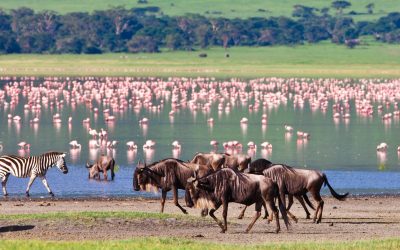
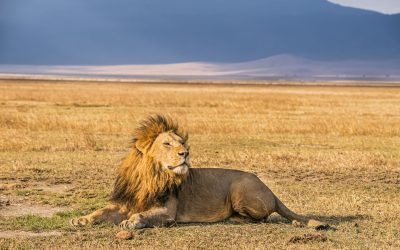
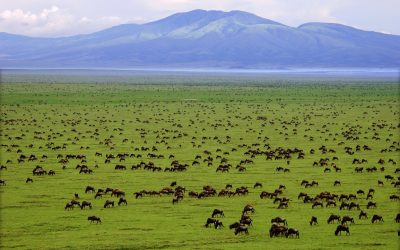
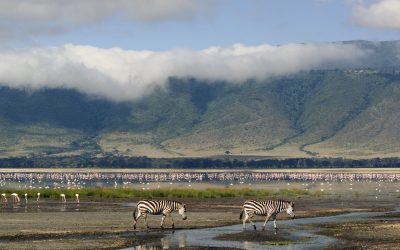
Still Have Questions? We’re Here to Help! Contact Us
Everything You Need to Know Before You Travel.
Will I have a tour guide during my trip?
Yes, most of our packages include professional local tour guides to enhance your experience.
What happens if my flight is delayed?
We understand delays happen. Please notify us as soon as possible so we can adjust your schedule accordingly.
Can I request special meals during the trip?
Absolutely. Let us know in advance about any dietary needs, and we’ll ensure your meals are customised.
Is there 24/7 customer support while traveling?
Report any loss to your guide immediately. We will assist you in contacting the relevant authorities or local services.
What payment methods do you accept?
We accept major credit cards, bank transfers, and selected online gateways. Some packages may offer installment plans.
Is my payment refundable if I cancel my trip?
Refund policies depend on the cancellation timeframe and package terms. We’ll always share clear terms upfront.
Can I change my payment method after booking?
Yes, just contact our support team to update or switch your preferred payment method.
Are there additional fees beyond the package price?
We strive for transparency. Any additional costs (e.g., optional activities or upgrades) will be clearly communicated before payment.
Do I need a visa for my trip?
Visa requirements depend on your nationality and destination. We’re happy to help with the application process if needed.
Are vaccinations required for certain destinations?
Yes, some regions may require specific vaccinations. We recommend checking with your local travel health clinic or consulting us directly.
What travel documents should I bring?
Yes, we strongly recommend travel insurance to cover emergencies, trip cancellations, and medical expenses.
Do I need travel insurance?
Of course! We can help arrange international and domestic flights as part of your travel package.
How do I book a tour package?
You can book a tour through our website, by phone, or by visiting our office. Simply choose your desired package, provide traveler details, and complete the payment to confirm your booking.
Can I reserve a tour without immediate payment?
Yes, you can make a reservation and secure your spot with a deposit. Full payment will be required closer to the departure date, as per our terms and conditions.
How far in advance should I book my trip?
We recommend booking at least 2 to 6 months in advance, especially during peak travel seasons, to ensure availability and the best rates.
Will I receive a confirmation after booking?
Absolutely. Once your booking is complete, we’ll send a confirmation email with your itinerary, payment receipt, and other important details.
